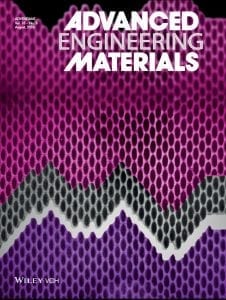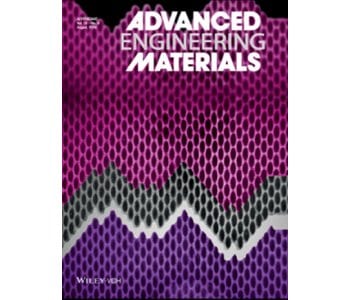 The concept of “lightweighting” expresses the use of advanced lightweight materials in simultaneously meeting the needs of today and tomorrow’s vehicles, and addressing the worrying environmental concerns and increasingly severe climate change. Today, the “storm of lightweighting” represents a revolution in materials, processes, and business models that brews on the horizon of the automotive industry. Although many inventions signify the importance of innovative design, it is the material that plays the most important role in transforming “lightweighting” into reality. Materials scientists and engineers are able to provide materials-based solutions to increase the fuel efficiency of automobiles and conserve the world’s limited fossil fuel reserves.
The concept of “lightweighting” expresses the use of advanced lightweight materials in simultaneously meeting the needs of today and tomorrow’s vehicles, and addressing the worrying environmental concerns and increasingly severe climate change. Today, the “storm of lightweighting” represents a revolution in materials, processes, and business models that brews on the horizon of the automotive industry. Although many inventions signify the importance of innovative design, it is the material that plays the most important role in transforming “lightweighting” into reality. Materials scientists and engineers are able to provide materials-based solutions to increase the fuel efficiency of automobiles and conserve the world’s limited fossil fuel reserves.
As an ultra-lightweight material, magnesium alloys hold a promising prospect of revolutionizing the transportation sector. To relieve the mounting pressure required to improve fuel economy and reduce the climate-changing, environmentally damaging, hazardous to health, and costly, greenhouse gas emissions, the application of magnesium alloys must be intensified. There has been a persistent effort to improve various properties of magnesium alloys, including the addition of rare-earth metals to improve formability, strength, ductility, and tension-compression asymmetry.
In recent years, Mg-Zn-Y series alloys have received significant attention from researchers due to their superior mechanical properties. This alloy system is largely acknowledged for being rich in the unique ternary phases, including quasicrystalline I-phase, cubic W-phase and long period stacking ordered (LPSO)-phase. Among them, the LPSO phase, to date, has been regarded as the greatest strengthening second phase in magnesium alloys. In a recent article published in Advanced Engineering Materials, N. Tahreen and D. L. Chen from Ryerson University reviewed the role of these phases in developing high-performance magnesium alloys. To guarantee the safe applications of Mg-Zn-Y series alloys as lightweight load-bearing structural components, it is essential to evaluate their mechanical properties, including tensile, compression, fatigue and creep resistance. The authors thus summarized the results reported so far regarding the structure and transformation of I-, W- and LPSO phases, focusing on their effects on the microstructural evolution and mechanical properties in Mg-Zn-Y series alloys.

















